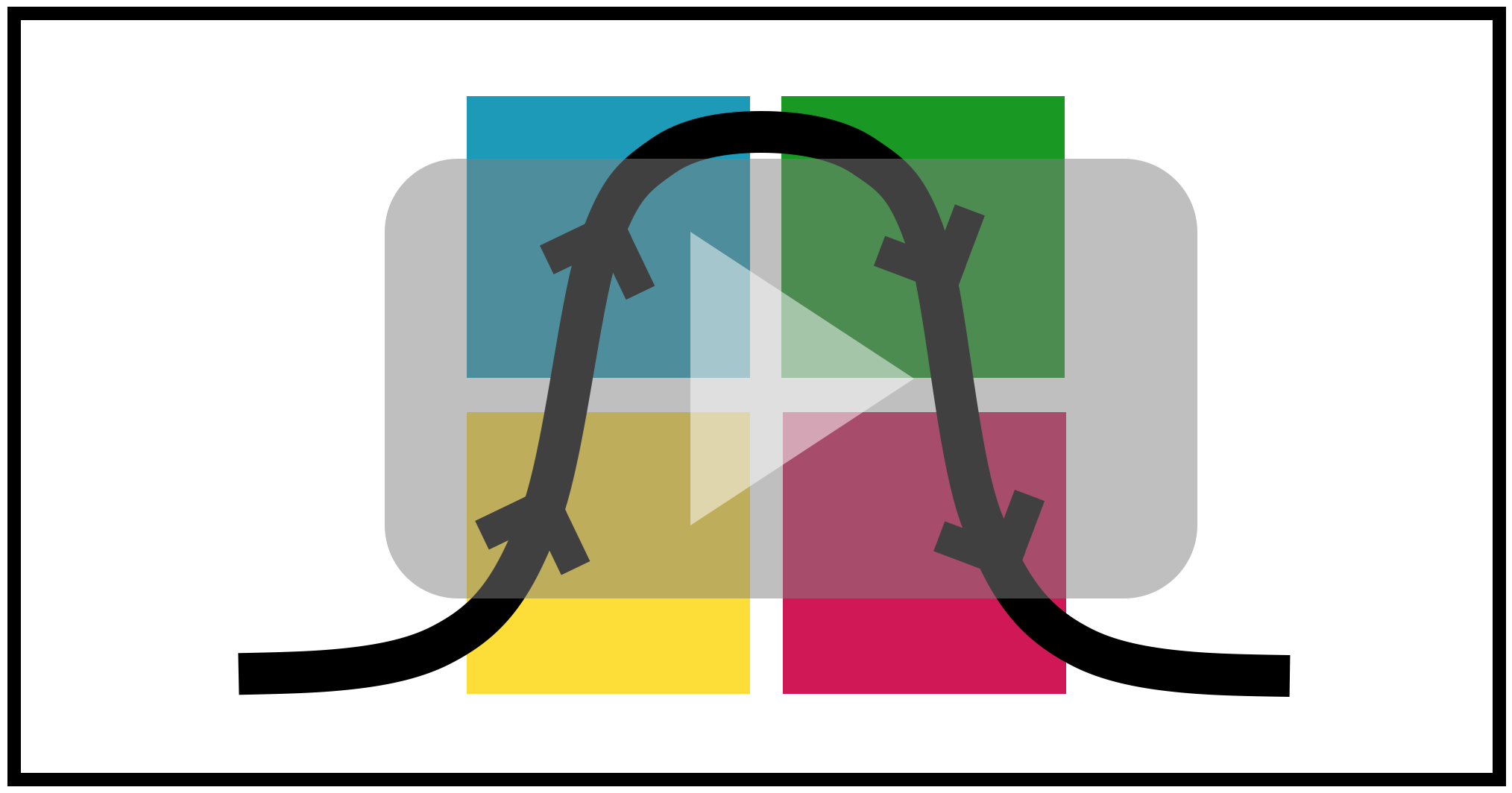
What we mean when we talk about "learning"
The answer might seem obvious at first glance, but a closer look reveals many ambiguities. Most importantly: how you define “learning” determines how you create courses, the content of your training, and the results that your students can expect.
Let’s start with an easy resource: the trusty Webster’s online dictionary. It reads: “knowledge or skill acquired by instruction or study; modification of a behavioral tendency by experience”. Hang on there: those few words cover not one but three different aspects of learning:
- Knowledge
- Skill
- Changed behavior
Just because you know something, have theoretical knowledge, does not mean that this knowledge translates to a practical application in terms of skill. And just because you have a certain skill, does not necessarily mean that you are able to apply this skill to real-life situations.
If we consult more sources, we see other definitions still. For example, a book called How We Learn actually only deals with memorizing information, while this report from the US ministry of education confusingly defines “learning outcomes” as either “scoring well on standardized tests” (knowledge) or “job performance” (skill and behavior).
Perhaps one of the most frustrating things is that most sources that refer to learning do not offer a clear definition of what they mean. In both instances I’ve just referred to, I had to wade through pages and pages of text before I could infer their specific definition of “learning”.
When it comes to learning – and therefore, teaching – the discussions are a minefield of assumptions leading to different and sometimes conflicting conclusions. When we talk about learning, we might think we are talking about the same thing, when, in fact, we are not.
So if looking for a clear and coherent definition of “learning” is impossible, perhaps we should approach this puzzle from an entirely different perspective. So let’s start by asking ourselves: What do our students, our clients want from our courses?
The best way for understanding our client’s perspective is by taking on their point of view.
Imagine you are someone who has recently started their own business. Would you want to:
(a) Learn about effective marketing techniques
(b) Have an attractive website and use social media for promoting your business
(c) Have many paying clientsImagine that you are having some trouble communicating with your teenage child. Would you want to:
(a) Learn effective communication strategies
(b) Improve your communication skills
(c) Have a great relationship with your childAnd now, imagine that you are an aspiring public speaker. Would you want to:
(a) Learn how to speak with confidence
(b) Use effective speaking strategies
(c) Speak at a large conferenceWhen you look at learning from the perspective of your students, the answer seems obvious: Options (a) and (b) are fine enough, but what you are really after are the results in Option (c). The knowledge from (a) and the skills from (b) are essential, but only as means for attaining your ultimate goal in (c).
Put another way, your students don’t want to “learn how to”, they want to “be and have”, they want RESULTS.
The problem is that more often than not, we as teachers start creating courses from a totally different perspective. When asked “What do you want your students to learn from your course?”, most course creators have an answer that starts with “learn how to… “. And so, we create courses that focus on transmitting knowledge.
If you are already familiar with my “Learning Loop” model, you will easily recognize that option (a) corresponds to Phase 2, option (b) corresponds to Phases 3 and 4, and (c) is the result that students achieve at full completion of the Learning Loop. Starting to create courses where students “learn how to” leads to E1-type training programs that do not help students succeed and achieve results.
So I suggest that together, we start defining “Learning” as “Achieving Results by applying new knowledge and skills” – the same definition that your clients and students use.
Consequently, the definition of “Teaching” becomes “Helping students achieve Results”. (Notice how different this is from the common definition of teaching as “sharing information”!)
When used consistently and with purpose, these definitions will guide you in creating powerful courses that have a big impact on your students’ lives.



